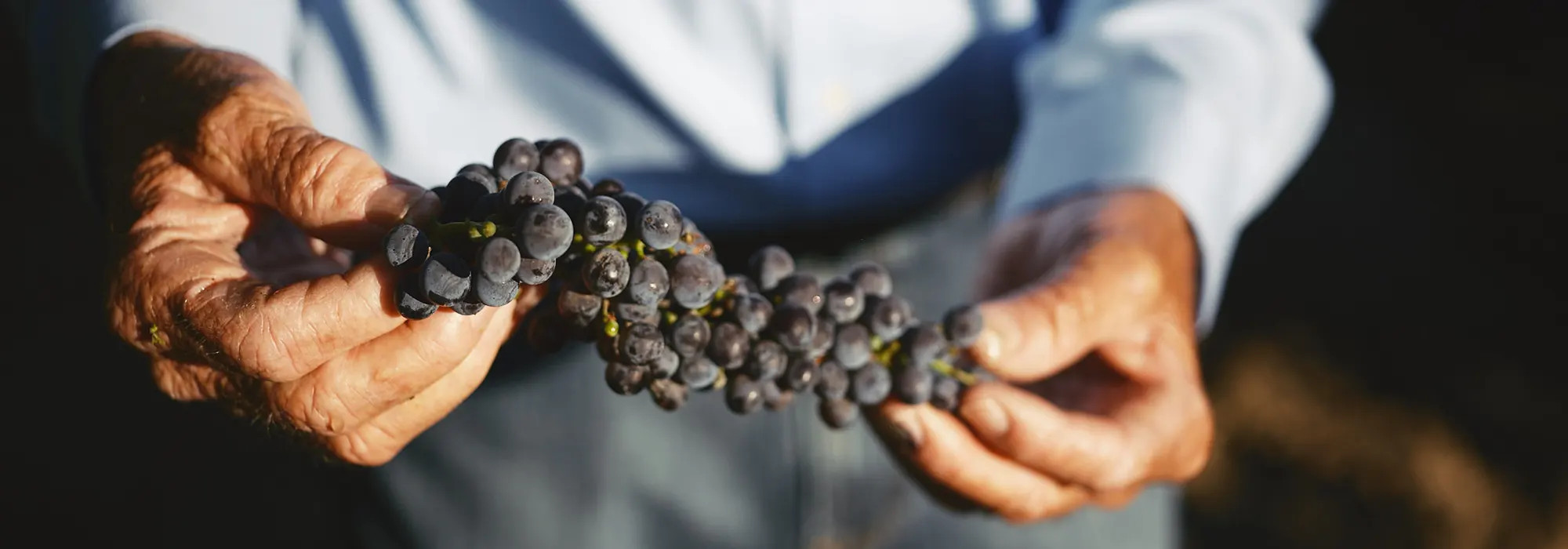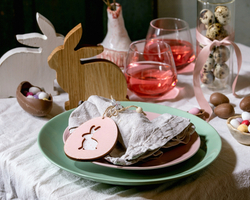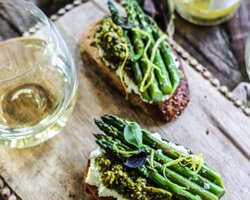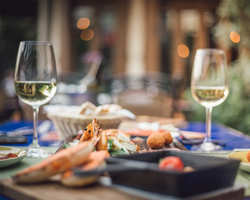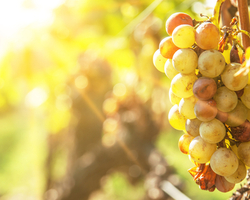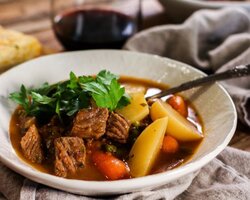Move Over, Chardonnay. Sauvignon Blanc is Here and it is a Must-Sip From Temecula Valley
National Sauvignon Blanc Day is officially May 7. While we find ourselves asking, “Who creates these ‘days’ anyway?” we love any opportunity to celebrate the grapes that thrive in Temecula Valley’s warm, Mediterranean climate. So, in honor of this deeply important holiday, we sipped through a whole lot of Sauvignon Blanc in order to come up with a round-up of some of our favorites from Southern California’s Wine Country. We also chatted with some Temecula Valley winemakers who shared their thoughts on what makes Sauvignon Blanc so special in the region.
Akash Winery 2020 Sauvignon Blanc, Temecula Valley, $36
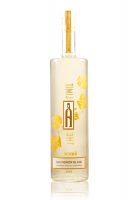
This lush yet refreshing Sauvignon Blanc, produced from 100% estate-grown Akash Vineyards fruit, is sure to win you over with its juicy pineapple, peach nectar, and orange blossom aromas. Warm days and cool nights allow the grape to ripen slowly and evenly, offering crisp natural acidity to perfectly balance the ripe guava and grapefruit flavors. An incredibly versatile white that’s a treat for any occasion.
Europa Village Winery 2018 Sauvignon Blanc, $27
Flintiness and bright acidity balance a lovely richness of body highlighted by yellow apple and white peach. Pairing with grilled fennel crusted oysters or a Wine Country Salad topped with a dollop of creamy Chevre serves to even further enhance the sensory experience this wine delivers.
“Sauvignon Blanc shows its beauty in its diversity,” explains Matt Rice, Director of Tasting Rooms at Europa Village. “A top example from the Loire Valley might show a bracing acidity and flint character where a compatriot from Bordeaux might show creamy pear and a silky soft texture. It is always an excellent choice for Temecula Valley, as the warm days allow the variety to deliver a unique ripeness and rich body. This intertwines perfectly with the bright acidity the grapes attain due to the cool nights made possible by the Rainbow Gap letting in cooling afternoon and evening winds.”
Oak Mountain Winery 2020 Sauvignon Blanc, Temecula Valley, $26
Only 85 cases were produced of this Sauvignon Blanc, which opens with complex aromas of lime leaf, pink grapefruit, green apple, lemon grass, honey-suckle, and wet stone. Refreshing, forward, zesty flavors of lime, lemon, grapefruit, white peach, and passion fruit follow with bright acidity.
South Coast Winery 2018 Sauvignon Blanc, Temecula Valley, $18
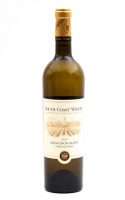
Produced from the Musque clone – a hybrid cross of sauvignon blanc and muscat that offers the best characteristics of both varieties – this wine has the floral, spicy nature of Muscat tempered by the grassy, citrus character of Sauvignon Blanc, resulting in a wine that is a cornucopia of flavors and aromas: sweet kiwi and lime, gooseberries, pears, passion fruit and wildflowers. A crisp acidity is delicately laced throughout the wine, giving a zesty, clean finish. Harvested from Carter Estate Vineyards, this wine emulates the Sauvignon Blancs of Sancerre and the Menetou-Salon regions of France. 92% is fermented in stainless steel, resulting in a fruit character that is very upfront and clean. The balance was fermented in two-use French oak and that portion was blended back prior to bottling.
“Utilizing a split harvest, where parts of the vineyard block are harvested at different levels of ripeness yields flavors that range from grassy green to tropical ripe,” explains South Coast and Carter Estate Winemaker Jon McPherson. “Also, using different yeast selections and fermentation regimes, we build layers of complexity into the wine which all add up to a Sauvignon Blanc with rich character, depth and dimension.”
Falkner Winery 2020 Sauvignon Blanc, Temecula Valley, $35
This delicious straw-colored wine has wonderful favors of white peach, ripe lime, and floral notes of almond blossom with a nice, lingering finish. This wine is great for just sipping or enjoying with food, especially as the weather warms. The wine pairs well with seafood (shellfish in particular), chicken, and cheeses.
“Here at Falkner Winery, we pride ourselves in producing high quality wines from whites to reds. Our Estate Sauvignon Blanc is a premier wine that our wine club members have enjoyed for many years,” says Raymond Murgo, Falker Winery’s Tasting Room Manager. “We feel that Temecula Sauvignon Blanc presents a fresh, aromatic bouquet, with wonderful fruit-forward flavors and a strong, lingering finish.”
Hart Winery 2020 Sauvignon Blanc, Temecula Valley, $28
This 100% Sauvignon Blanc is all estate grown using 65% Musque clone and 35% traditional California clone. Produced using all stainless and no oak, it shows crisp acidity, intense aromatics, citrus, tropical notes, and hints of grass.
Fazeli Cellars 2019 Boland Rooz, Temecula Valley, $30

The Summer Solstice heralds the beginning of the season and the longest day of the year. To commemorate the occasion, Fazeli Cellars has chosen Sauvignon Blanc, harvested from owner BJ Fazeli’s estate vineyards, for its dry, crisp, and refreshing taste to celebrate the hot summer days. This 100% Sauvignon Blanc is mouthwateringly fresh, with a nose that is sweetly grassy with a hint of citrus.
“The diurnal temperature swings of hot days and cool nights epitomize what is great about Temecula vineyards,” explains Fazeli Cellars Winemaker Allen Kim. “Often times in the morning when you visit the vineyard, located at an elevation of 1800 feet, the grapes are sitting in a cloud of fog or even above the fog layer. The cold air that comes from the Pacific Ocean just miles away from us allows the grapes to retain important natural acidity as well as cooling down the temperature of the vines. Acid is so important in our Sauvignon Blanc because it gives the vibrancy and life to the wines. We are lucky that following this period of cooling, our days are characterized by great sun exposure that allows the vines to completely dry out and achieve ripeness.”
Wiens Family Cellars 2019 Sauvignon Blanc, Riverside County, $26
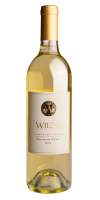
This Sauvignon Blanc has aromas of Tropical Fruit, and Fresh Herbs, with Kiwi and Green Melon on the palate, and a refreshingly crisp finish. Additionally, this wine has been aged on the lees (sur lie), giving the finished wine a creamy custard note to help balance the crisp acidity.
“Depending on when its harvested, Sauvignon Blanc can either be light, with grassy, boxwood, and gooseberry notes, meaning it’s less ripe, or have luscious honey and tropical fruit notes in a riper style,” says Wiens Winemaker, Joe Wiens. “We appreciate both styles of Sauvignon Blanc, so we harvest in two stages. This allows us to meld the crisp, light character of less ripe fruit, with the tropical guava notes of more ripe fruit, giving us a perfectly balanced, complex Sauvignon Blanc.
Danza del Sol 2018 Estate Sauvignon Blanc, Temecula Valley, $34
This fierce white wine is playful and full of zest, bursting with notes of kiwi, green pineapple, and a lingering finish of apple skin shavings and key-lime zest.
“Sauvignon Blanc is my favorite estate varietal we produce for both Danza Del Sol Winery and Masia De la Vinya Winery. At nearly 50 years old, our five acres of vines are still producing very high-quality fruit, and are extremely resilient, surviving the pierce disease outbreak of the 90s, and never succumbing to pests or diseases,” says Justin Knight, Winemaker for Danza Del Sol and Masia de la Vinya Winery. “With great natural acidity and early ripening time in the season, the options are endless. I’ve made several different styles including a grassy yet elegant New Zealand style; a tropical, more robust new-world style; and even late harvest dessert wines utilizing our Sauvignon Blanc. The versatility speaks to the Temecula Valley as a whole and the great environment we are lucky to have.”

